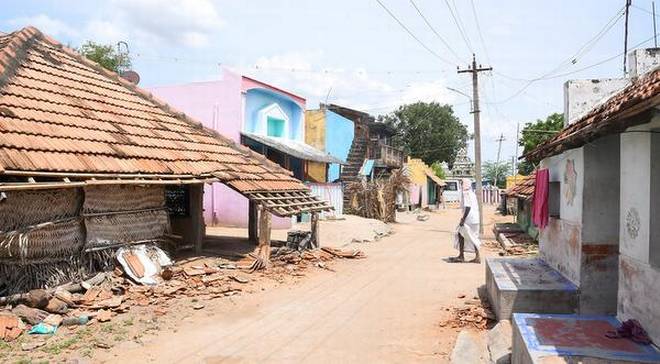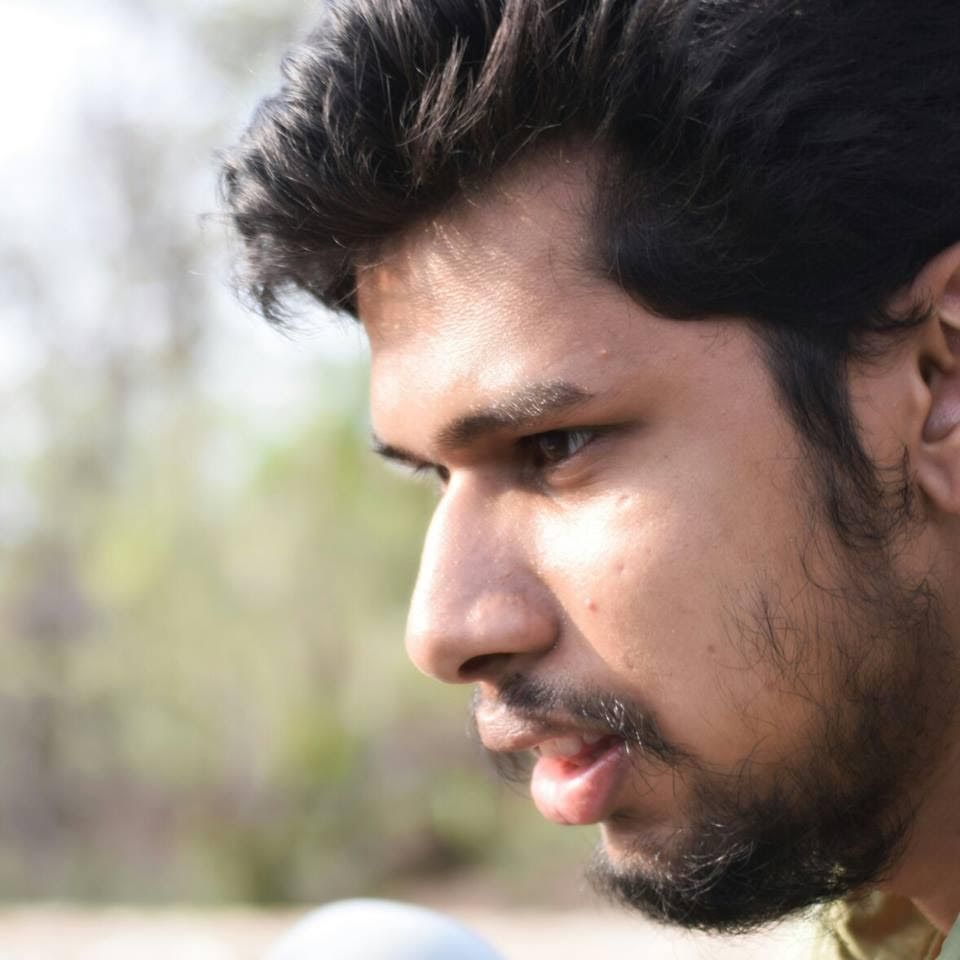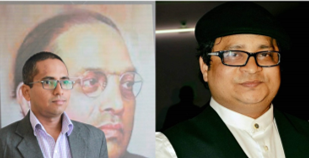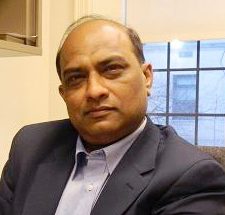Bobby Kunhu
Another massacre that happened in Kachanatham, Sivagangai district, Tamil Nadu has gone virtually unnoticed in the shadow of the terrible massacre at Thoothukudi on 22nd May. Outside the local English and regional media almost no one picked up this cruel story – and the reasons must be obvious.

Apart from the higher number of dead in Thoothukudi, it is much easier for the polity and the civil society to come to terms with caste murders as against class murders or murders on behalf of crony capitalism. In the latter, the enemy for most people is an external other, easy to identify and isolate, but in the former almost everyone is a participant despite the distance. The normalization of caste violence is such that it fails to surprise or shock beyond a level – and so the juggernaut of caste violence continues unabated.
This is despite the fact that many more people have been killed in caste violence in India than organized police violence. A simple wiki search could tell you that there have been more incidents of caste brutalities in India since 1968 (the date from which Wikipedia documents it) than police brutalities since 1919!
The answer to this normalization is simple – aggressive global capitalism is new and it is easier to get outraged by what is unfamiliar or new. But, caste violence is centuries old – deeply ingrained in the South Asian psyche – that even instances like employing only certain castes for cleaning toilets or repairing shoes or cutting hair or priests in temples isn’t even seen as abnormal or violent.
What happened in Kachanatham is symptomatic of these very normalizations. But, before we analyze what is behind the massacre at Kachanatham and how it went relatively unnoticed, let us just take a look at what exactly happened on the night of 28th May, 2018. At 9.30 PM on the night of 28th May, a gang of 15 dominant caste members armed with sickles and knives, entered the Dalit settlement after disconnecting power and attacked the residents killing two on the spot, injuring six others and destroying property. One more succumbed to his injuries on the 31st of May.
There are a couple of theories on what exactly provoked this attack. The first, the theory of immediate provocation, is that the temple honors were denied to upper castes on the local temple festival that was held on the 25th of May. This also has to be seen in the background of the fact the temple honors were presented to two particular dominant caste families that had not only migrated from the village, but stopped visiting two years back. This fact is mentioned to highlight the role of caste in the temple festival itself. It is said that the next day, a young dominant caste man and his friend objected to two visiting Dalit villagers, one a soldier in the army and another, a policeman for allegedly “disrespecting” him by sitting cross-legged. When things went out of hand, the Dalit men reported the incident to a nearby police station at Thirupachethi. The police went looking for the dominant caste men for questioning and when they couldn’t find them, took their parents to the station for questioning. For jurisdictional reasons, the Thirupachethi police asked the Dalits to approach the Palayanoor police station, which they did and filed a complaint there. It is reported that the Sub Inspectors of Police from the Palayanoor Police Station, Janakiraman and Selvam came to the village and hobnobbed with the dominant caste people and returned the same evening that the attack happened.
The second theory is that this attack and the immediate reasons that led to the attack was a backlash to Dalits protesting the sale of marijuana from neighboring villages at Kachanatham. That there was tension brewing that came to a head during the temple festival. Some sections of the media reported that the attacks were random – but the identities of the people killed seem to indicate to the contrary. One of the people who were killed at the first instance was the father of the soldier who purportedly insulted the dominant caste men.
Whatever, the immediate reasons for the massacre in Kachanatham – the underlying reason should be obvious to anyone willing to see. Violence against Dalits in Southern Tamil Nadu (or for that matter across South Asia) shows two dominant patterns. One is such violence erupts when the Dalit communities assert themselves politically or socially as was seen in Paramakudi or when the Dalit communities show a social and economic mobility that isn’t tolerated by the dominant castes as it seems in this case. The two men that the dominant caste members had a grouse with were government employees and had moved out of the village as against the villager that they had purportedly “insulted”.
The role of the police has also been grossly misreported by the mainstream media. While it is true that in this massacre, the response of the police after the massacre was fast and action was immediately taken against the policemen involved – there is a deeper fault line that hasn’t been addressed. It is no secret that the Tamil Nadu police has been dominated by Thevars among the dominant castes in particular and the connivance or silences of these policemen during caste atrocities have been well documented. So, massacres that can be prevented like in the instance of Kachanatham happen because of the kinship of the police with the dominant caste villagers. On the other hand the Dalits also try to maintain the fragile peace that exists in these villages because going to the police would only mean further harassment at the minimum or large scale violence at the maximum.
Three things deeply trouble me about the Kachanatham massacre. The first is the continuing normalization of violence against Dalits that it does not get the attention that such gruesome incidents ought to – which perhaps can be explained away to the ingrained castiesm of the mainstream media. The second is the lack of demand for structural reforms in the police on caste lines from any quarter – where police personnel from dominant castes will not be posted in the places where their caste kinship is in dominance. And finally how this massacre can be forced to fade out of memory with active connivance from each one of us despite our political and identity locations.
~~~
Bobby Kunhu is a lawyer, researcher and writer.
Picture courtesy: the internet.










